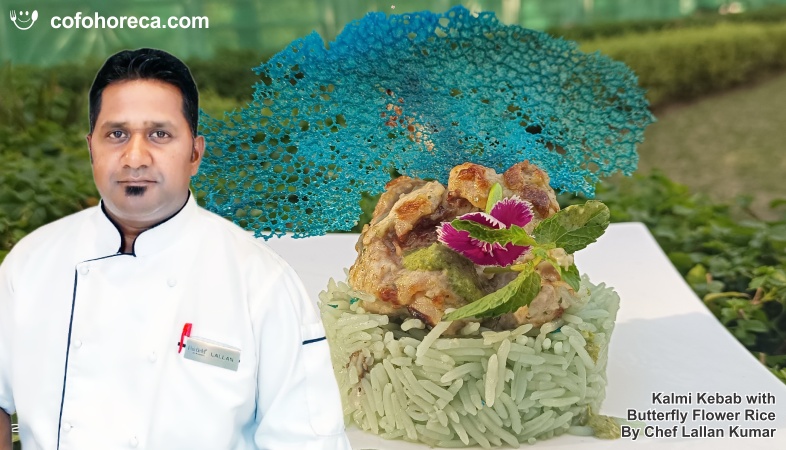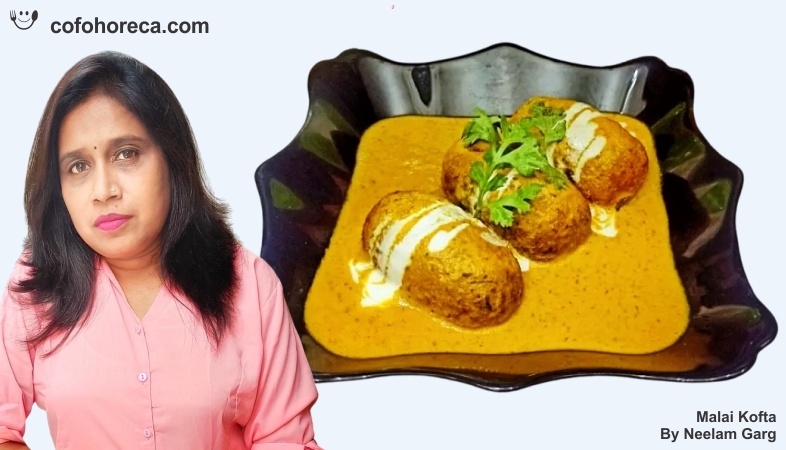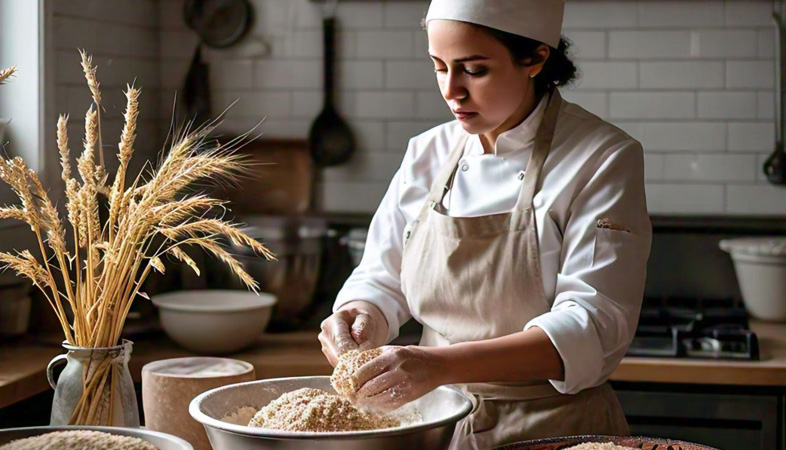SHARE
Commercials
More Posts
Jan 30, 2025
Vegan Ravioli - By Chef Manoj Rathore
May 22, 2025
Malai Kofta - By Neelam Garg
Apr 08, 2025
Schezwan Chicken Gravy Momos - By Chef Rohit Anand
Jan 30, 2025
Vegan Ravioli - By Chef Manoj Rathore
May 22, 2025
Malai Kofta - By Neelam Garg
Apr 08, 2025
Schezwan Chicken Gravy Momos - By Chef Rohit Anand
Jan 30, 2025
.png)



























